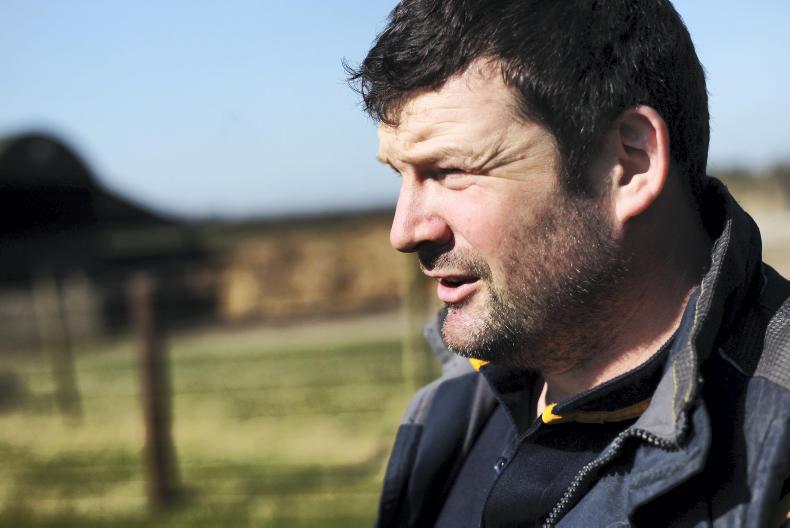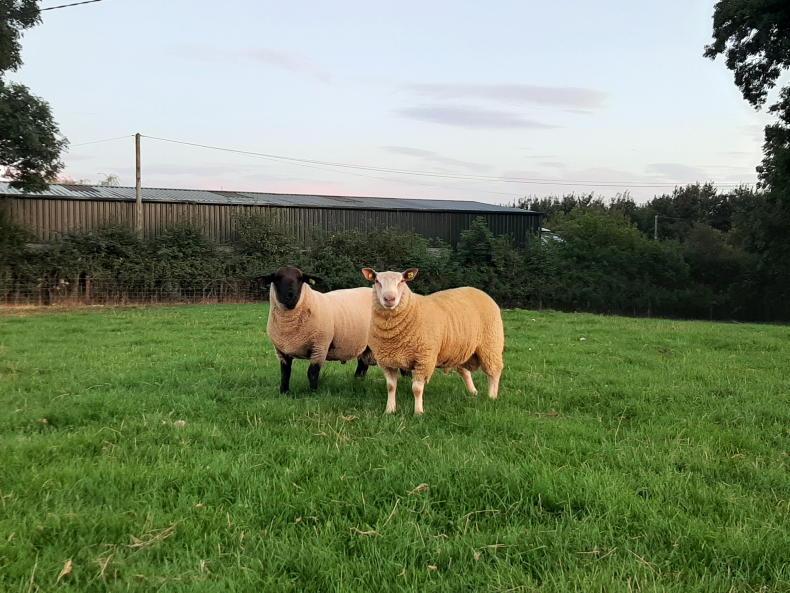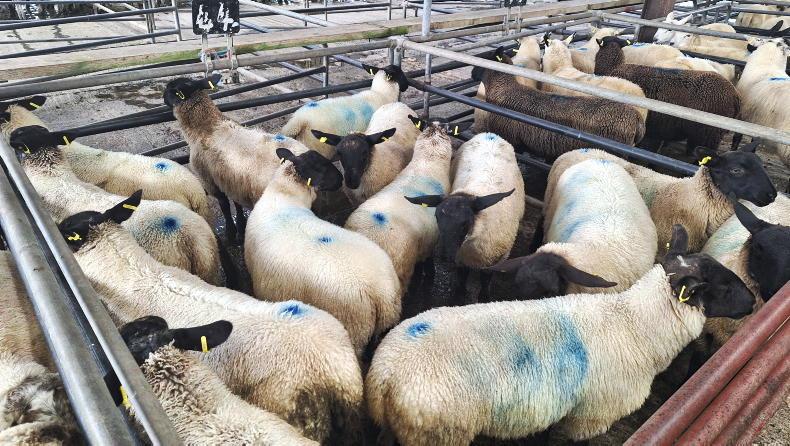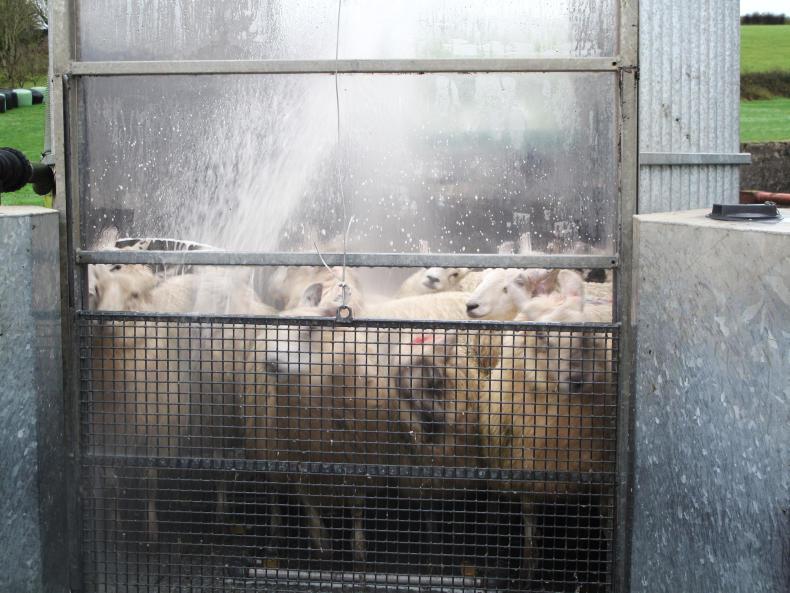Last week, our sheep discussion group met for a regular non-Knowledge Transfer (KT) meeting on one of the member’s farms and I must say it was the most enjoyable meeting I have attended in some time.
The discussion between the members was natural and not forced by criteria set out for us beforehand. We walked the farm and discussed what he was doing with his stock and the land.
Given that our group is up and running for a good number of years, we are comfortable with other members giving their tuppence worth whether we might want to hear it or not.
This is totally different for new discussion groups who possibly need the likes of KT to draw conversation out of the members.
But as things stand the programme needs to become more farmer-friendly and less of a chore with excessive amounts of form-filling. These meetings should be an outlet for farmers to talk openly about glitches in their systems and get the collective help of fellow farmers who may have overcome the same in the past.
As the saying goes, a problem shared is a problem halved. While there are many worthwhile aspects to the idea behind the KT system there are flaws and if farmers were listened to and the flaws ironed out, the whole experience could be worthwhile and maybe even enjoyable for everyone.
Grass supply on the farm is fairly well on target with 18 days ahead.
Ideally, I should have 14 days at this time of year but as we are prone to getting droughts around now and I find it safer to have few days extra grazing to be safe. For August, I will be trying to increase this to about 20 days ahead. This is usually done naturally as lambs are drafted off to the factory, reducing my overall farm demand.
I took out a couple of paddocks of surplus grass last week and plan on cutting another one this week that has been sprayed off for reseeding. Hopefully this will be the last of the silage for this year with the exception of the red clover which I hope to take a third cut off before the middle of August.
The fields for reseeding have been sprayed off and I plan to sow a crop of Redstart in each for winter grazing before reseeding early next year.
This is something that I tried last year and found it very good. One field will be baled up for silage while the other will be grazed out after about 10 days post-spraying.
Acidity
After this, I will apply lime to counteract the acidity produced by the breakdown of the old sward. This is where the plans for the two fields start to differ. One is level so I will stitch in the seed, while the other requires some levelling so I will plough it before sowing.
Each field will receive sufficient fertiliser to get the crops established. They will be strip-grazed over the winter months.
The ewes got their annual dip last week as they were starting to show signs of blowfly strike.
I don’t use pour-on products as they only control blowfly and not the likes of lice, ticks, keds or scab so I would end up having to use an injectable product to control them, which also forms part of my worm control programme and I don’t want to risk introducing a resistance problem by over using it. The product used has a short withdrawal period (14 days).










SHARING OPTIONS